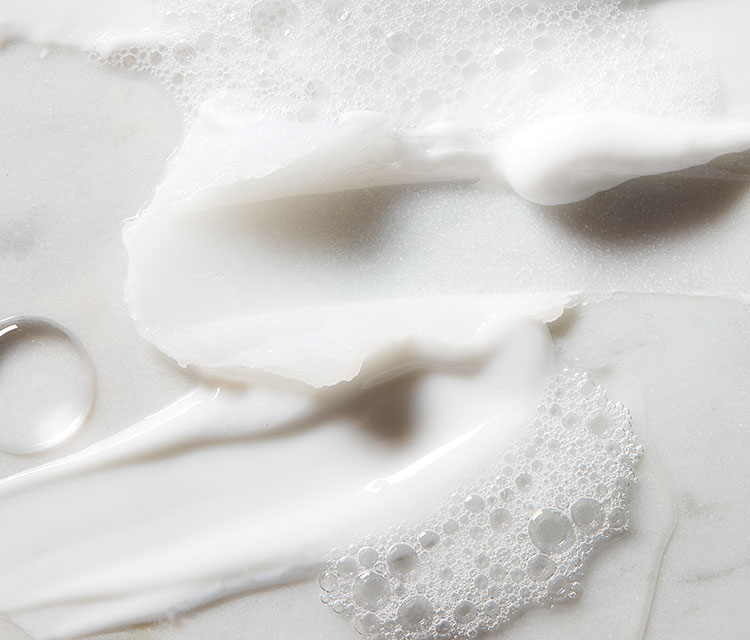18. Potapenko AY, Abieva GA, Pliquett F. Inhibition of erythema of the skin photosensitizes with 8-methoxypsoralene by α-tocopherol. Bull Exp Biol Med 1980;89:611-615
19. Dreher F, Denig N, Gabard B, Schwindt DA, Maibach HI. Effect of topical antioxidants on UV-induced erythema formation when administered after exposure. Dermatology 1999;198:52-55.
20. Möller H, Ansmann A, Wallat S. The effects of Vitamin E on the skin in topical applications. Lecture presented at the DGF Vitamin E symposium in Bochum, March 4,1989.
21. Idson B. Vitamins in emolliency and moisturizing preparations Cosmetics and Toiletries 1976;93(8):77-79.
22. Sorg O, Tran C, Saurat JH. Cutaneous vitamins A and E in the context of ultraviolet-or chemically-induced oxidative stress. Skin Pharmacology and Applied Skin Physiology 2001;14:363-372.
23. Yuen KS, Halliday GM. Tocopherol, an inhibitor of epidermal lipid peroxidation, prevents ultraviolet radiation from suppressing the skin immune system. Photochemistry and Photobiology 1997;65(3):587-592.
24. Bissett DL, Chatterjee R Hannon DP. Protective effect of a topically applied anti-oxidant plus an anti-inflammatory agent against ultraviolet radiation-induced chronic skin damage in the hairless mouse. Journal of the Society of Cosmetic Chemists 1992;43:85-92.
25. Bissett DL, Hillebrand GG, Hannon DP. The hairless mouse as a model of skin photoaging: its use to evaluate photoprotective materials. Photodermatology 1989;6:228-233.
